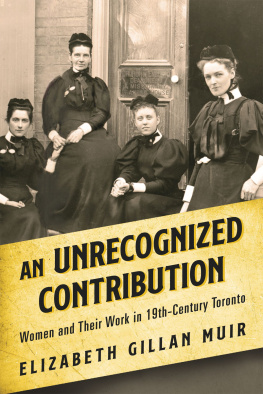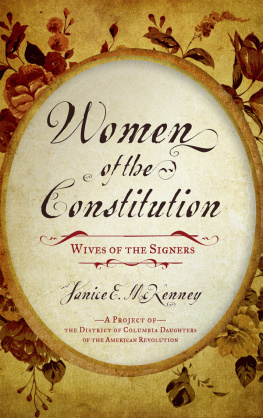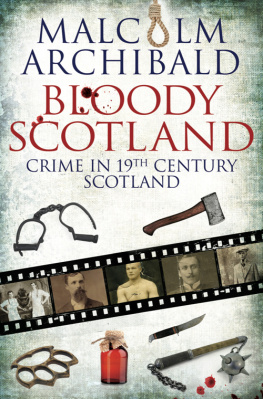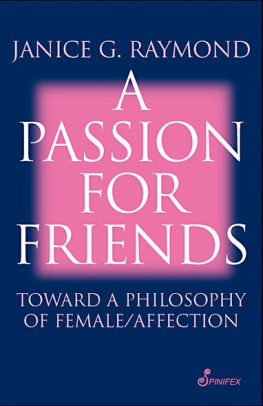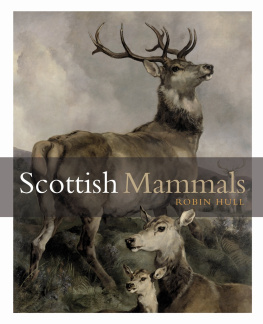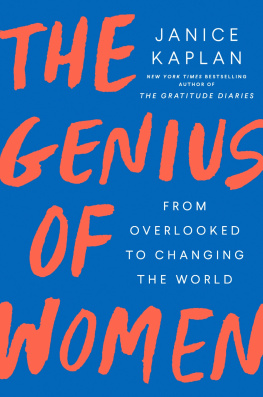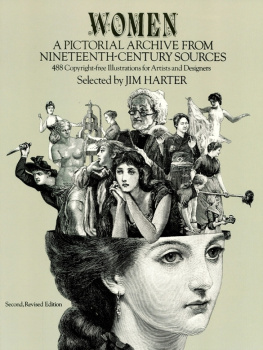PROFESSIONAL WOMEN PAINTERS
IN NINETEENTH-CENTURY SCOTLAND
Professional Women Painters
in Nineteenth-Century Scotland
Commitment, Friendship, Pleasure
Janice Helland
First published 2000 by Ashgate Publishing
Reissued 2019 by Routledge
2 Park Square, Milton Park. Abingdon, Oxon, OX14 4RN
52 Vanderbilt Avenue, New York, NY 10017
Routledge is an imprint of the Taylor & Francis Group, an informa business
Copyright 2000, Janice Helland
The author has asserted her moral rights.
All rights reserved. No part of this book may be reprinted or reproduced or utilised in any form or by any electronic, mechanical, or other means, now known or hereafter invented, including photocopying and recording, or in any information storage or retrieval system, without permission in writing from the publishers.
Notice:
Product or corporate names may be trademarks or registered trademarks, and are used only for identification and explanation without intent to infringe.
Publishers Note
The publisher has gone to great lengths to ensure the quality of this reprint but points out that some imperfections in the original copies may be apparent.
Disclaimer
The publisher has made every effort to trace copyright holders and welcomes correspondence from those they have been unable to contact.
A Library of Congress record exists under LC control number:
Phototypeset in Palatino by Intype London Ltd
ISBN 13: 978-1-138-72318-4 (hbk)
ISBN 13: 978-1-315-19316-8 (ebk)
Contents
FOR
MY GRANDMOTHER, ROENA CARY CLARK (18921958)
AND
HER MOTHER, CASSIE SCOTT COURSER (18671932)
This book has been written with the support of a number of people and organizations in Britain and in Canada. I particularly wish to thank Joan Acland, Alan Crawford, Deborah Cherry, Tristram Clarke, Elizabeth Ewan, Loren Lerner, Clare McGread, Andrew Noble, Lorna Noble, Lynne Pearce, George Rawson, Alison Rosie, Bill Smith and Joanna Soden. Elizabeth Cumming and Jane Lindsey shared with me their extensive knowledge of Scottish art and provided me with information that made it possible for me to locate some of the difficult-to-find pictures made by the women artists in this study. Waverley Cameron and Vivien Cameron shared information and encouraged my research on Mary Cameron over a number of years; Alan Cameron, R. Alan Cameron and Beverley Morrison also helped me discover Mary Cameron. Ailsa Tanner is a wonderful friend and is always willing to share her extensive information about Scottish women artists. Graduate student research assistants have helped collect material for this project and I should particularly like to thank Janice Anderson, Elaine Cheasley, Cynthia Hammond, Heather Haskins and Caroline Stevens. In addition, Cynthia Hammond, with enthusiasm, precision and creativity, made the maps that accompany the text. The staffs at the Edinburgh City Art Centre, Glasgow Museums, McManus Galleries in Dundee, National Library of Scotland, National Museums of Scotland, Perth Museum and Art Gallery and the Scottish Record Office deserve much more than mere mention in an acknowledgement. In addition, sources available to me at several libraries and archives helped me to gather the material I needed to write this book. I am indebted to the helpful staff at the Archive of Art and Design (London), Boston Public Library, British Library and Newspaper Library, Christies (Glasgow), Edinburgh Public Library, Glasgow Room (Mitchell Library, Glasgow), Glasgow School of Art Library and Archives, National Art Library (London), the Royal Scottish Academy Library, and Sothebys (London).
Catherine MacKenzie read the entire manuscript at least twice, always offering challenging and thoughtful comments and criticisms; for that I am ever grateful. Pamela Edwardes made suggestions on the final text that were insightful and beneficial. All the research and the writing of this book was done while I was a faculty member at Concordia University, Montral; the Faculty of Fine Arts provided a wonderfully supportive environment in which to work.
The Social Sciences and Humanities Research Council of Canada and the Fonds pour la Formation de Chercheurs et lAide la Recherche (FCAR) provided funding the research for this project could not have been completed without this assistance. In addition, I received a Concordia Assistance to Scholarly Activities grant from the Faculty of Fine Arts, Concordia University, which helped with the research of the first chapter. And, as always, many thanks to Christopher, Sandra and Tara.
ARSA Associate Member of the Royal Scottish Academy
GSA Glasgow School of Art
RSA Royal Scottish Academy
RSW Royal Society of Painters in Water Colours
SSA Society of Scottish Artists
SSW Scottish Society of Water Colour Painters
Women are at last learning the lesson that Unity is Strength wrote C. Gasquoine Hartley in her review of the first exhibition of the Paris Club which had opened in Londons Grafton Galleries in 1900. Organized in the spring of 1898, the Club intended to provide for the mutual help of all women artists who had been trained in Paris and, accordingly, required two qualifications for membership: the artist must have studied in Paris and she must do strong work. Edinburgh artists Christina Paterson Ross (18431906), Florence Haig (18551952) and Mary Rose Hill Burton (18571900) exhibited pictures in the first exhibition; the slightly younger Scottish artist Mary Cameron (18651921) joined them within four years. Uniting with other women artists to exhibit and sell work was a concept familiar to the Edinburgh women they had organized to form the Edinburgh Ladies Art Club in 1889. Exhibiting work in Britains art centre was also familiar these women offered their pictures for sale in exhibition venues in London as well as in Edinburgh, Glasgow, Aberdeen, Manchester, Liverpool, Stirling and Kirkcaldy, to name but a few. Mary Rose Hill Burton, for example, in addition to participating in large exhibitions with organizations such as the Royal Scottish Academy and the Glasgow Institute of the Fine Arts had at least three solo exhibitions in London during the 1890s. Mary Cameron had solo exhibitions in London, Paris and Madrid as well as in her home city of Edinburgh.
These women and others like them worked and travelled. Some, like Christina Paterson Ross, based themselves in their home city travelling within Scotland and occasionally to the Continent. Others, like Mary Cameron and her Edinburgh friend Emily Murray Paterson, chafed at the citys conservative environment and spent large blocks of time away from Scotland. Cameron spent part of each year in Paris and lived for months at a time in Spain and London; Paterson lived between Edinburgh and London and, at one point in her career, spent three years in Switzerland. Patersons many and colourful pictures of Venice signal her attachment to a city distantly removed from her northern home, while her much later pictures (1919) of war-torn Belgium attest to her willingness to confront difficulties and challenges. Mary Rose Hill Burtons travels took her to Japan but she remained firmly attached to Scotlands (or more specifically to Patrick Geddess) Celtic revival. The mural she painted for the Geddeses Ramsay Garden flat portrays the enigmatic mystery of a Walter Scott novel or an Ossian poem with its gloomy, dark castle barely visible through a Highland mist, the greyness relieved only by blooming yellow and purple flowers in the foreground.




